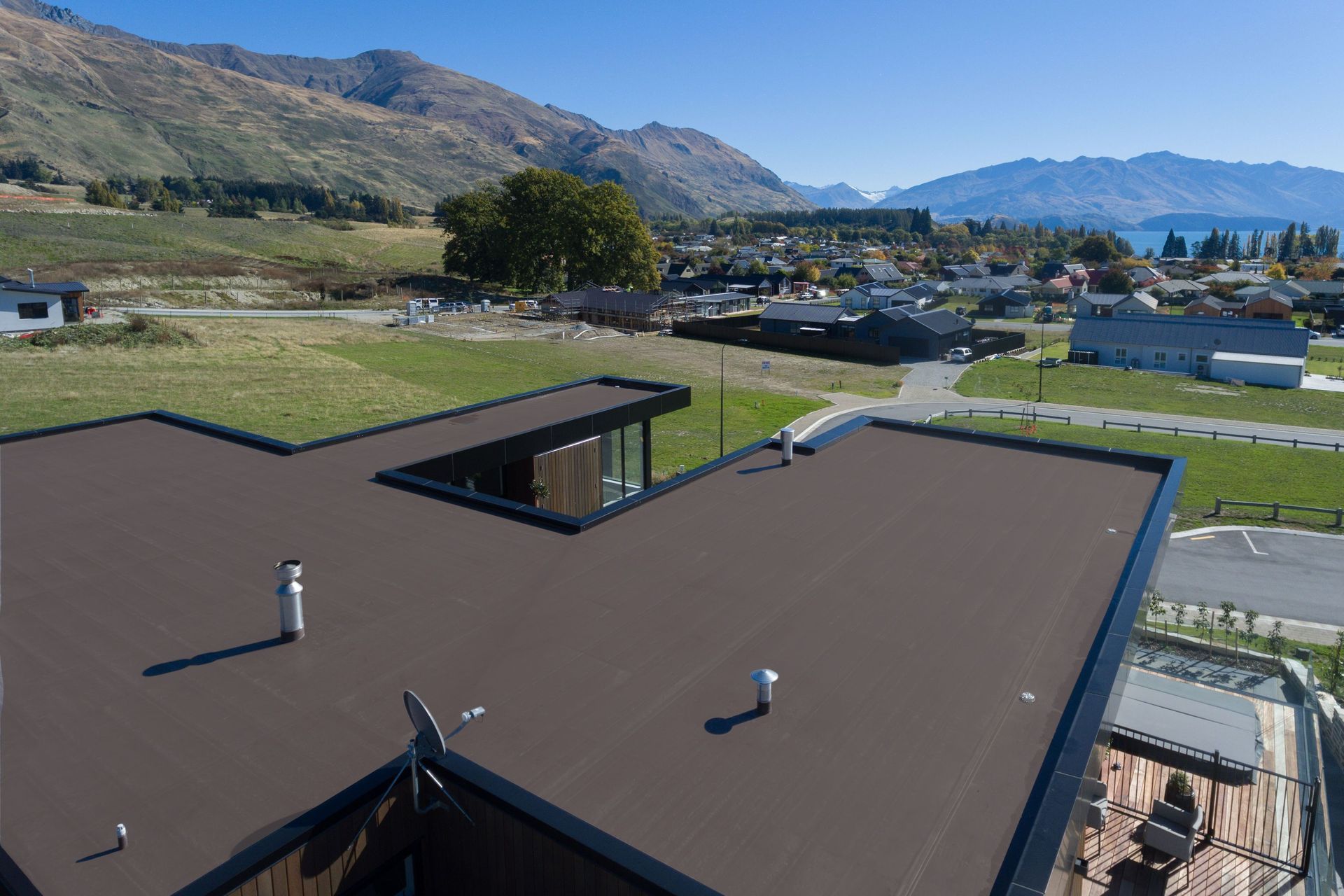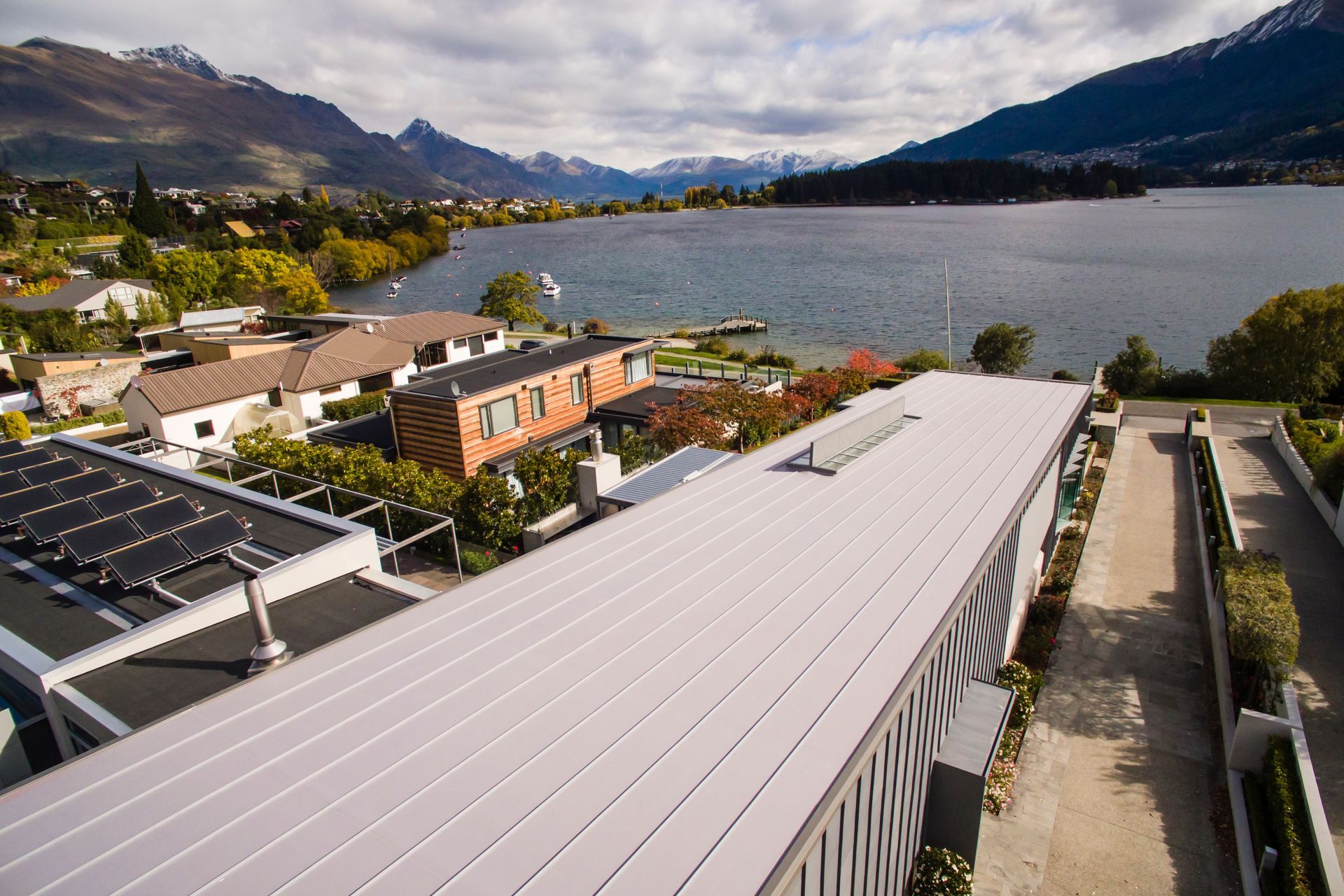Beating ‘the winter penalty’ with membrane roofing
Written by
08 May 2019
•
4 min read

From the top of the North Island to the bottom of the South Island, New Zealand has a dramatically different range of harsh climatic conditions. We had a chat to Viking Roofspec about how to specify membrane roofing colours to maximise a building’s thermal performance.
Certain regions of New Zealand experience more cooler days in the calendar year than warm. It’s in these regions where home heating costs are disproportionately higher over a 12-month period
This is a central aspect in terms of specifying the best membrane roofing materials for a region. “The winter penalty – those areas that experience more cold days than warm ones, is such that if a lighter coloured membrane is used, it will have a negative impact on the internal temperature of the house during the colder period,” Viking Roofspec’s Brendon Sutton says.
“A white membrane, for example, has a solar reflectivity index (SRI) of 92 per cent. That means 92 per cent of the sun’s warmth hitting the building is reflected away, negatively impacting the thermal performance of the structure in the winter.”
In New Zealand, those areas that experience the winter penalty are not definitive but include the lower half of the South Island and parts of the North Island’s central plateau. “It’s in these areas in particular that the specification of darker-coloured roofing membranes is vital to improve the thermal performance of a house.
“In comparison to a white membrane, a black membrane has a SRI of five per cent, meaning it retains 95 per cent of the heat hitting it, which in turn transfers to the building materials and helps to raise the internal temperature of the house and reduce the amount of heating required.”
Membrane colour is only relevant if a standard roof is installed - the insulation installed in a warm roof negates the need to specify light or dark coloured membranes depending on the region.
Conversely, in areas that experience more warmer days than cooler ones across a calendar year, the specification of a lighter coloured membrane is the best option. “In these regions, the membrane will reflect the majority of the heat hitting the building and help to keep it cool,” Brendon says.
Traditionally, roofing membranes were only available in three standard colours – black, grey and white. However, that’s changed recently with the introduction of Viking Roofspec’s Enviroclad coloured range that incorporates six colours ranging from deep earthy tones through to a selection of lighter hues.
“Being able to choose from a range of membrane colours provides building owners with more options in terms of solar reflectivity and design.”
The latest options of Enviroclad colours, (as well as standard white and grey) include the rich, earthy tones of ‘mansard brown’ and ‘slate grey’, the lighter ‘rock brown’ and ‘patina green’.
“For architects, having access to a range of colours allows for more design freedom and the ability to easily comply with any regional council requirements or covenants that may require the use of only certain colours to blend with the local environment or those with certain reflectivity values,” Brendon explains.
“In areas where steel roofing may not be preferred such as coastal sites where corrosive salt spray is an issue, the coloured Enviroclad range is complemented by our range of coloured weldable ribs, which are a cosmetic feature designed to mimic standing seams that are heat welded onto the membrane without puncturing it."
"Incorporating weldable ribs onto a membrane roof means architects can add depth and design flare to what would have been a plain membrane roof by emulating standing seam roofing in a range of colours designed to provide high performing options for every region of New Zealand.”
Viking Roofspec is a specialist in roofing and waterproofing materials and works with a team of accredited installers throughout the country. The coloured Enviroclad range is CodeMark certified and BRANZ appraised for use anywhere in New Zealand.
Check out the company's profile on ArchiPro here.


